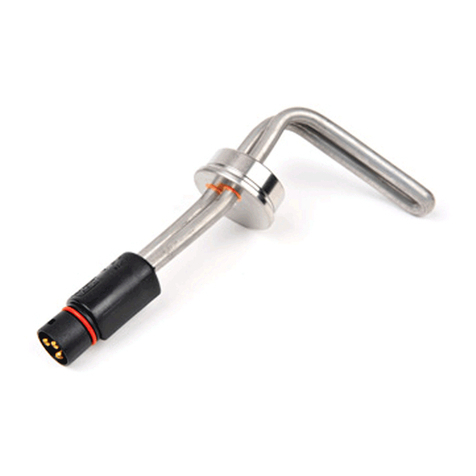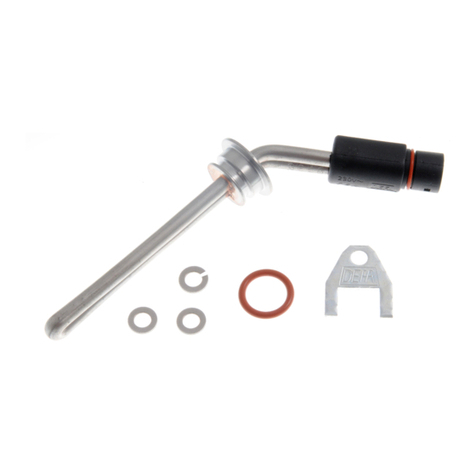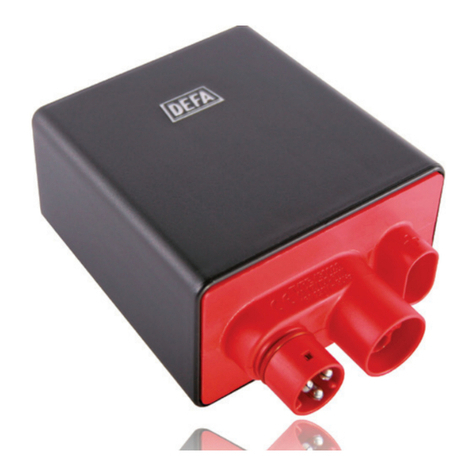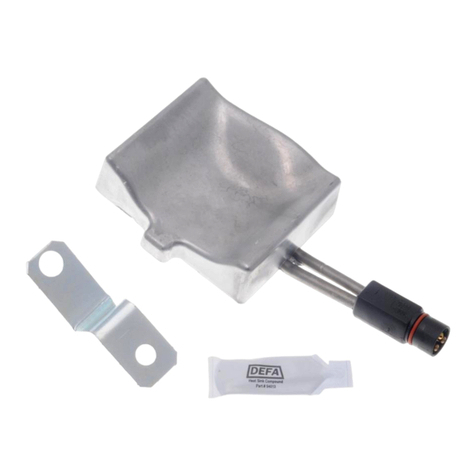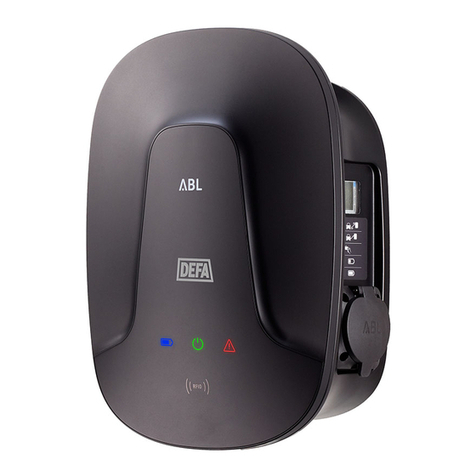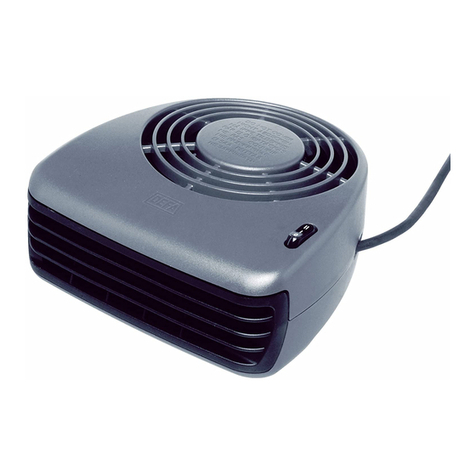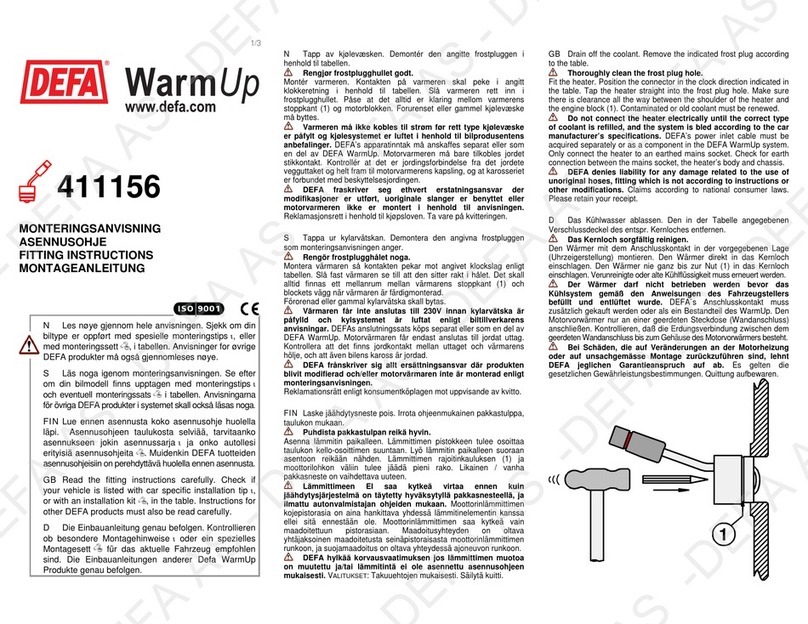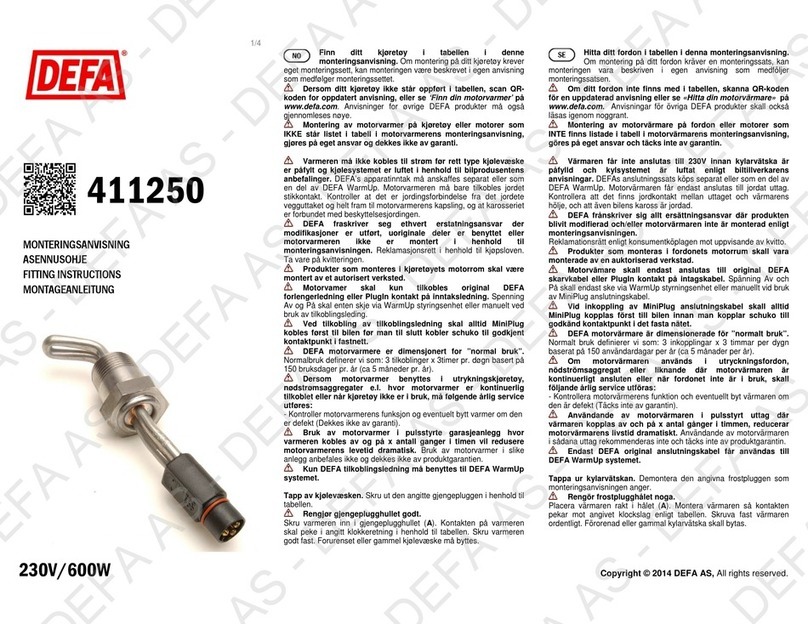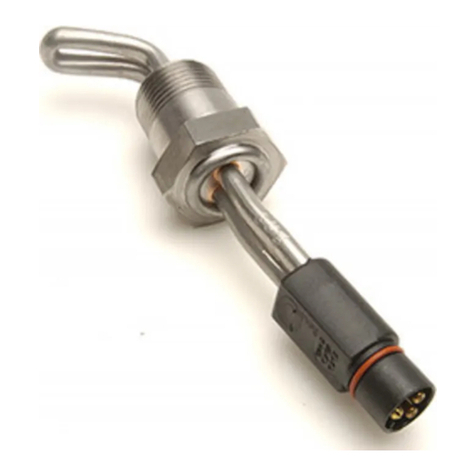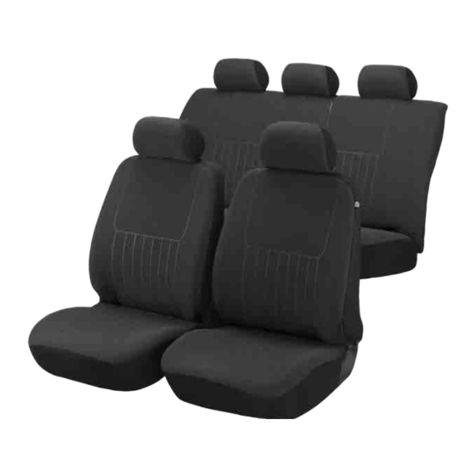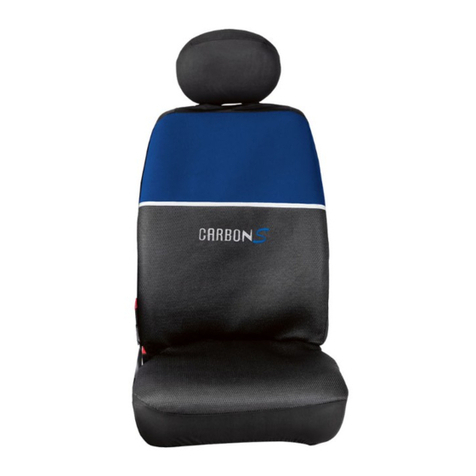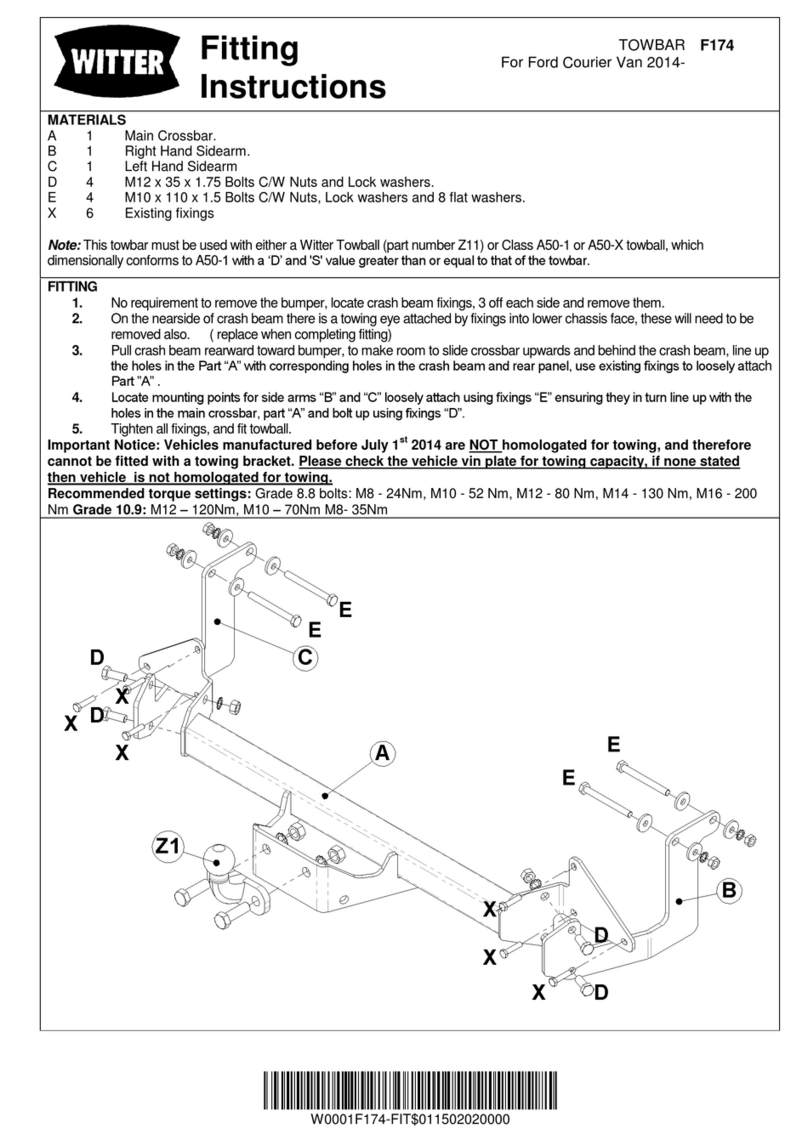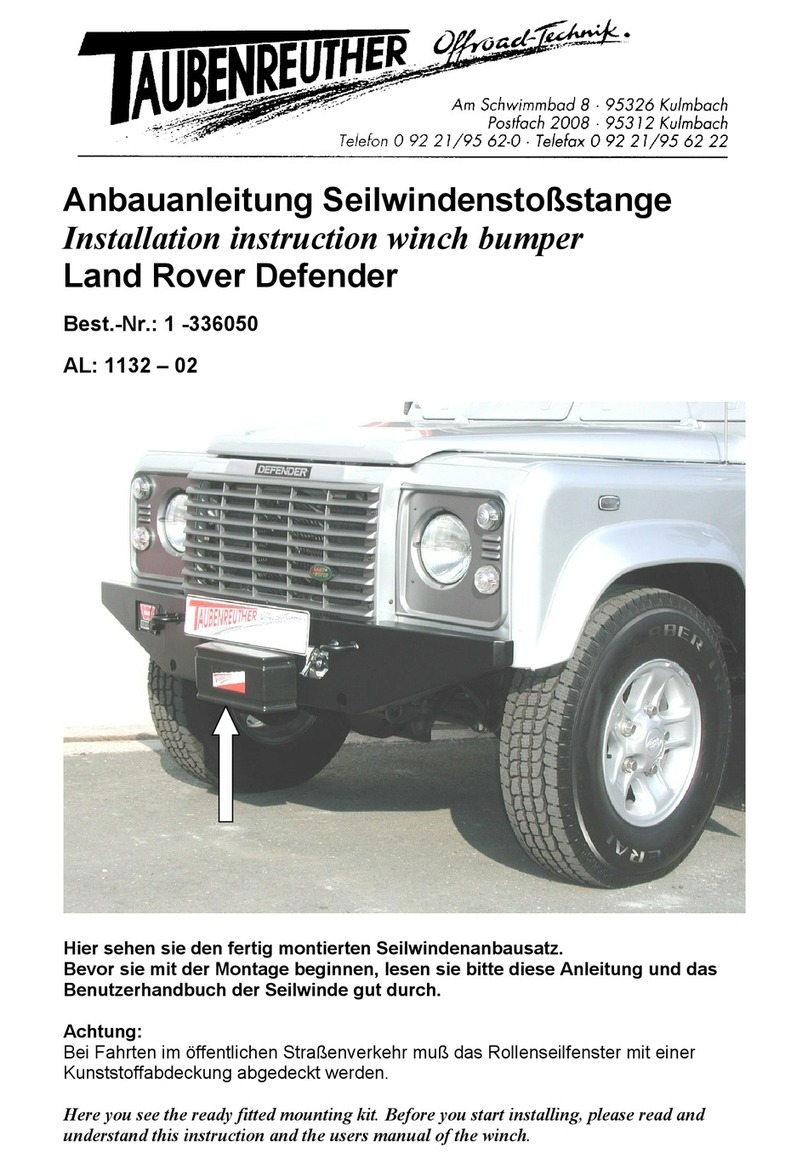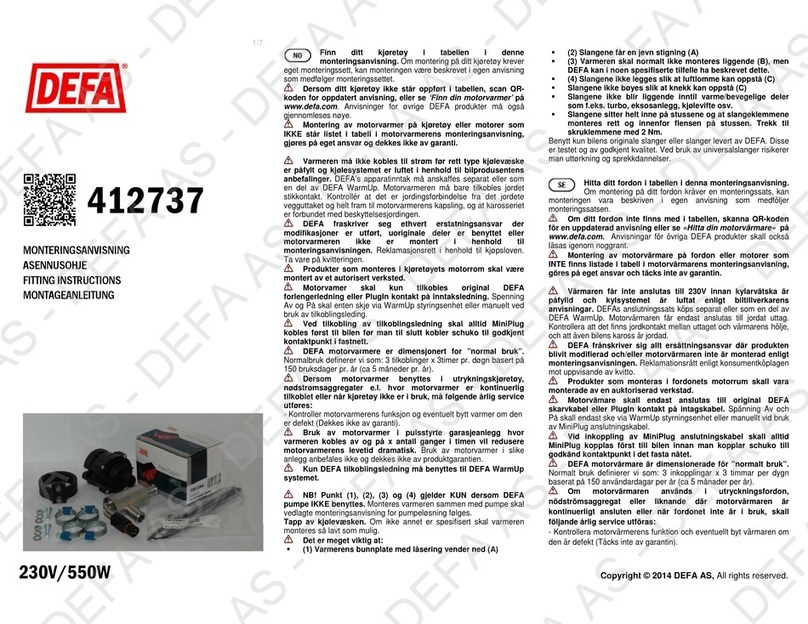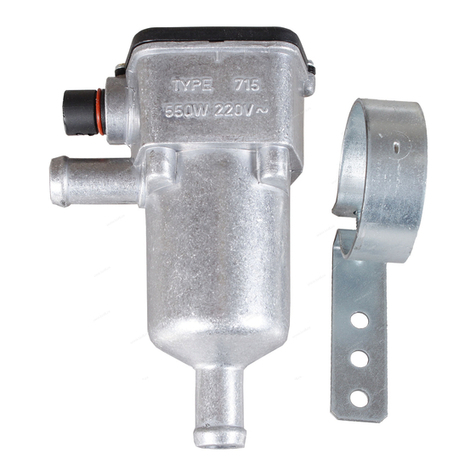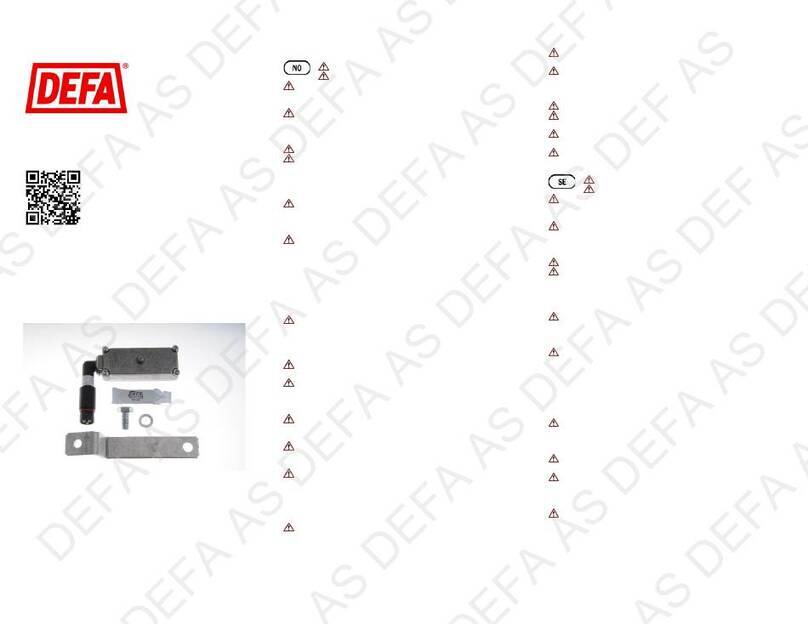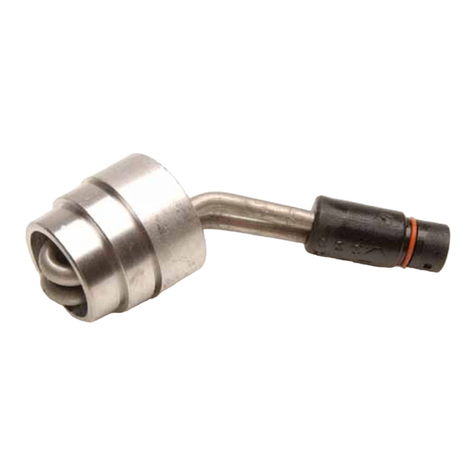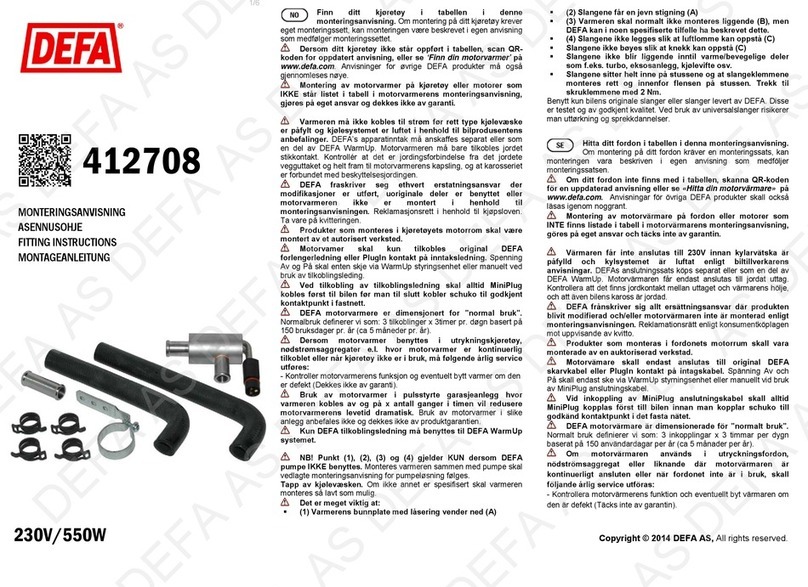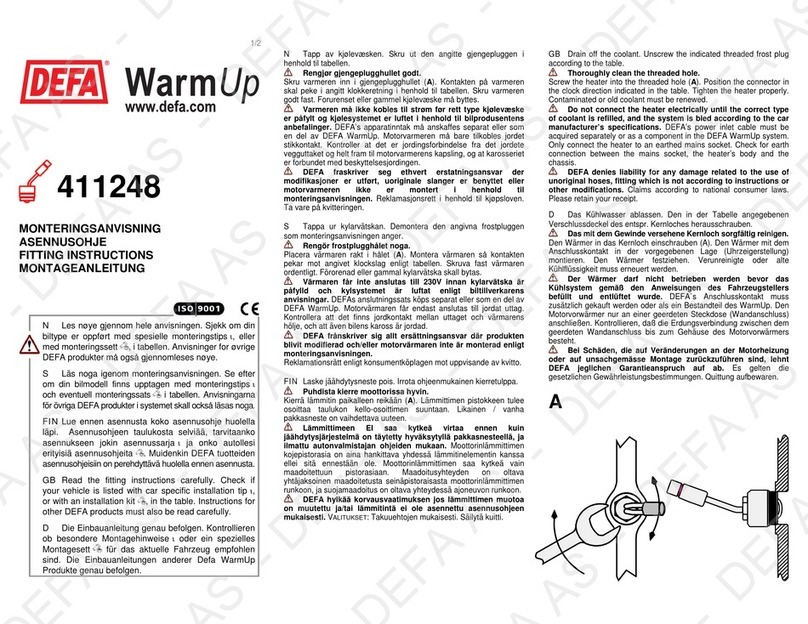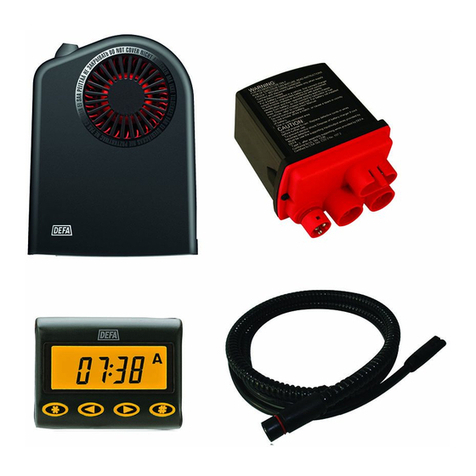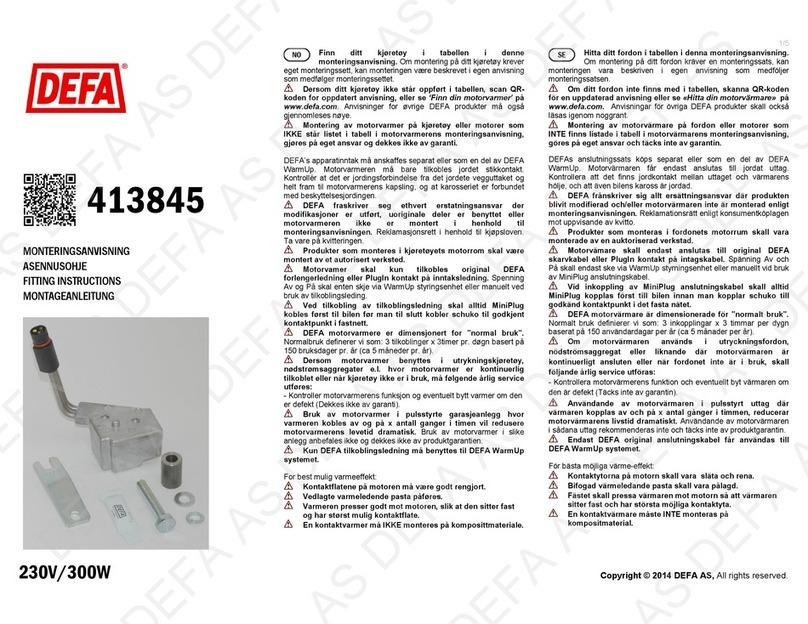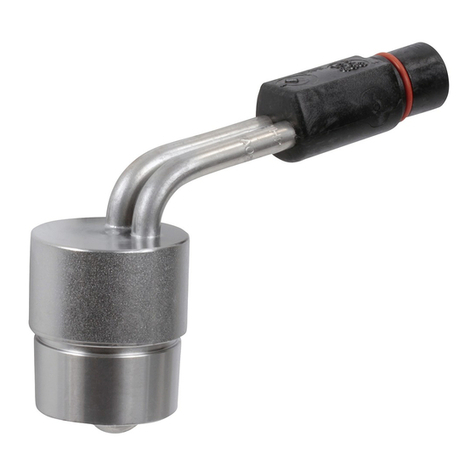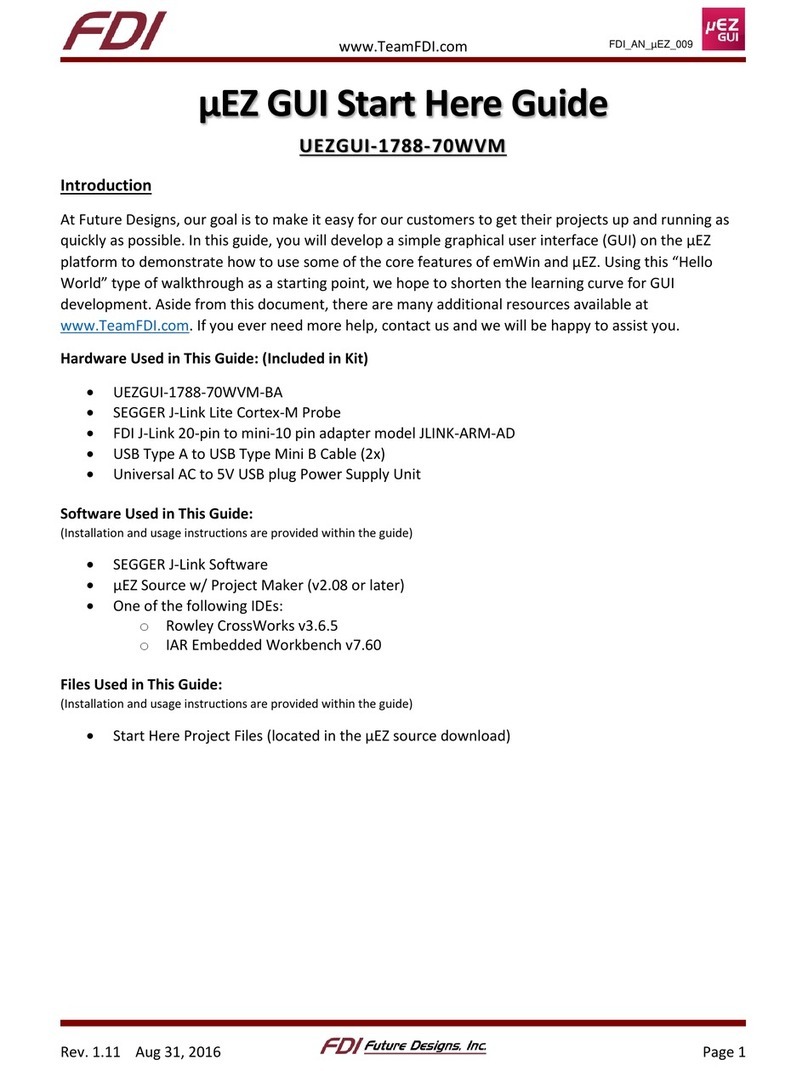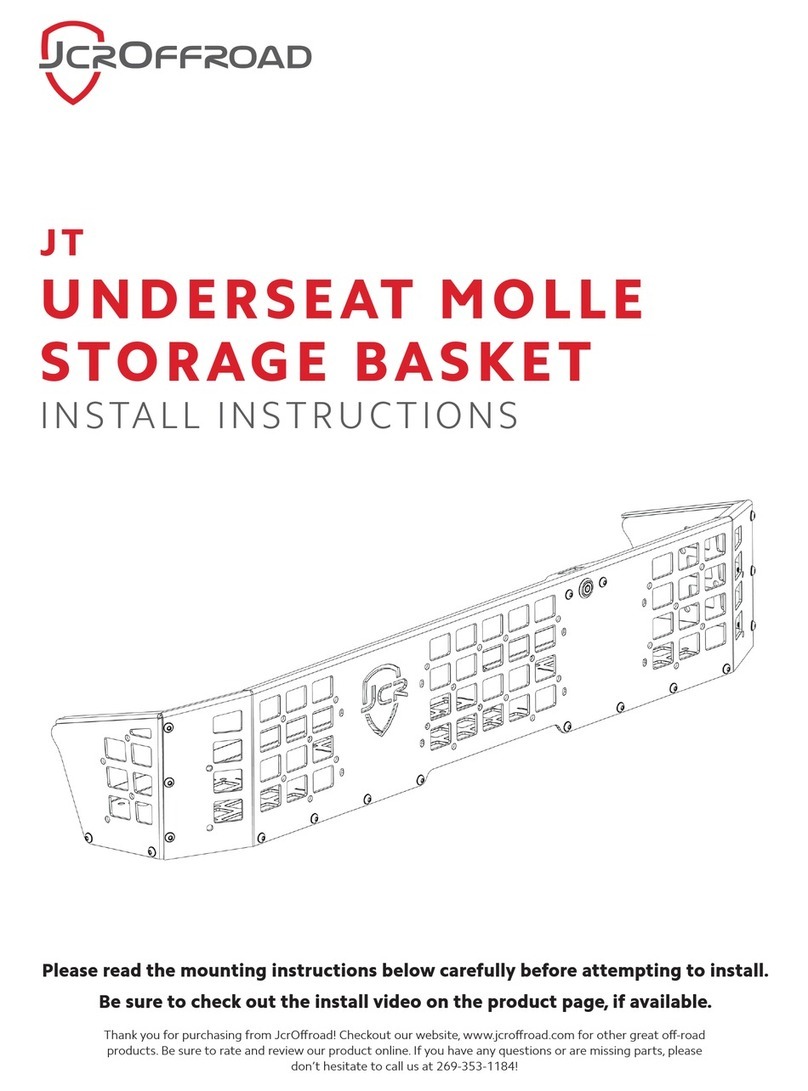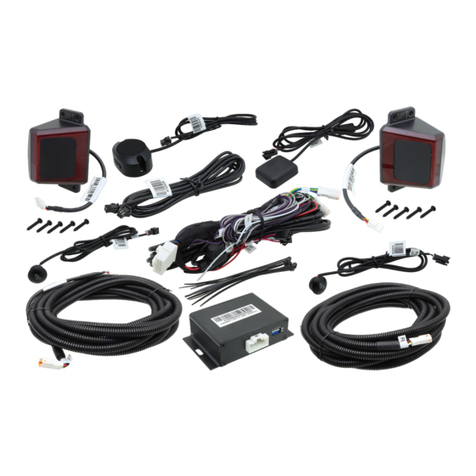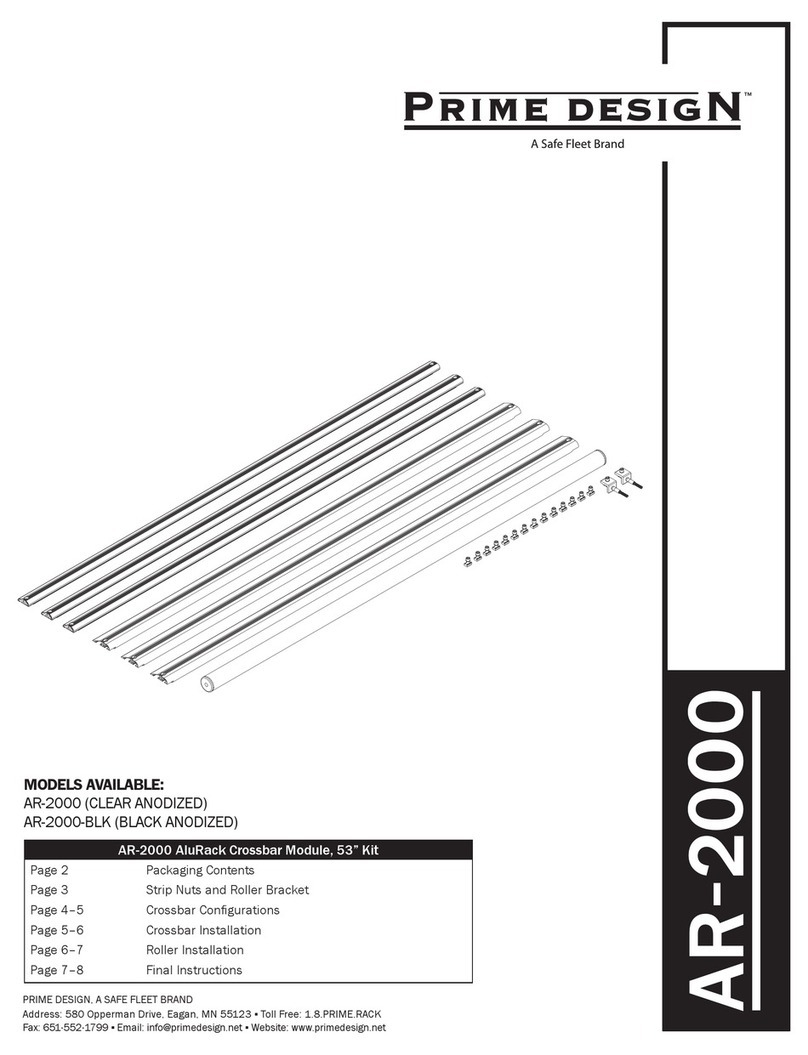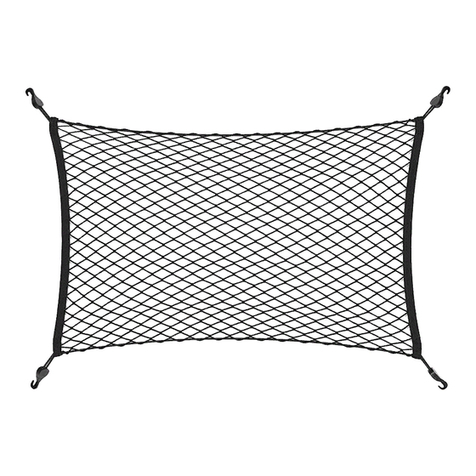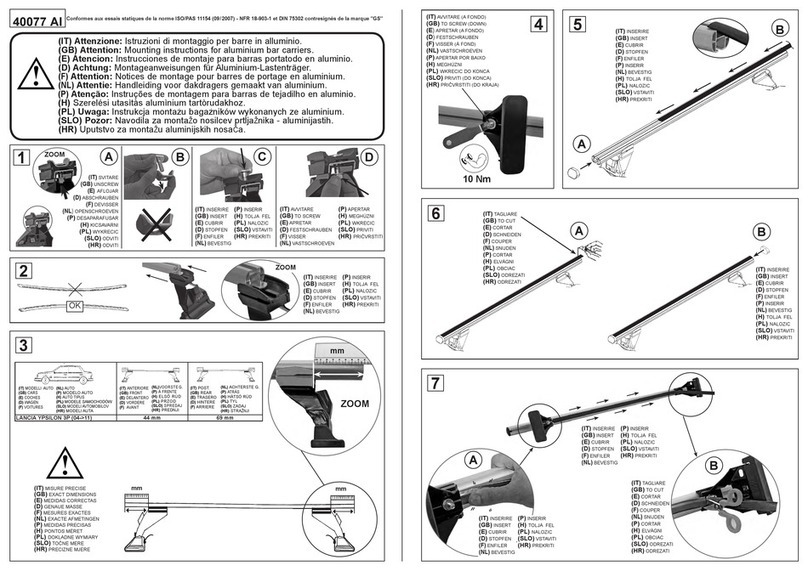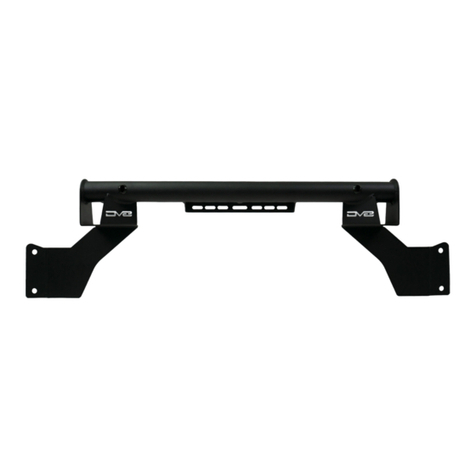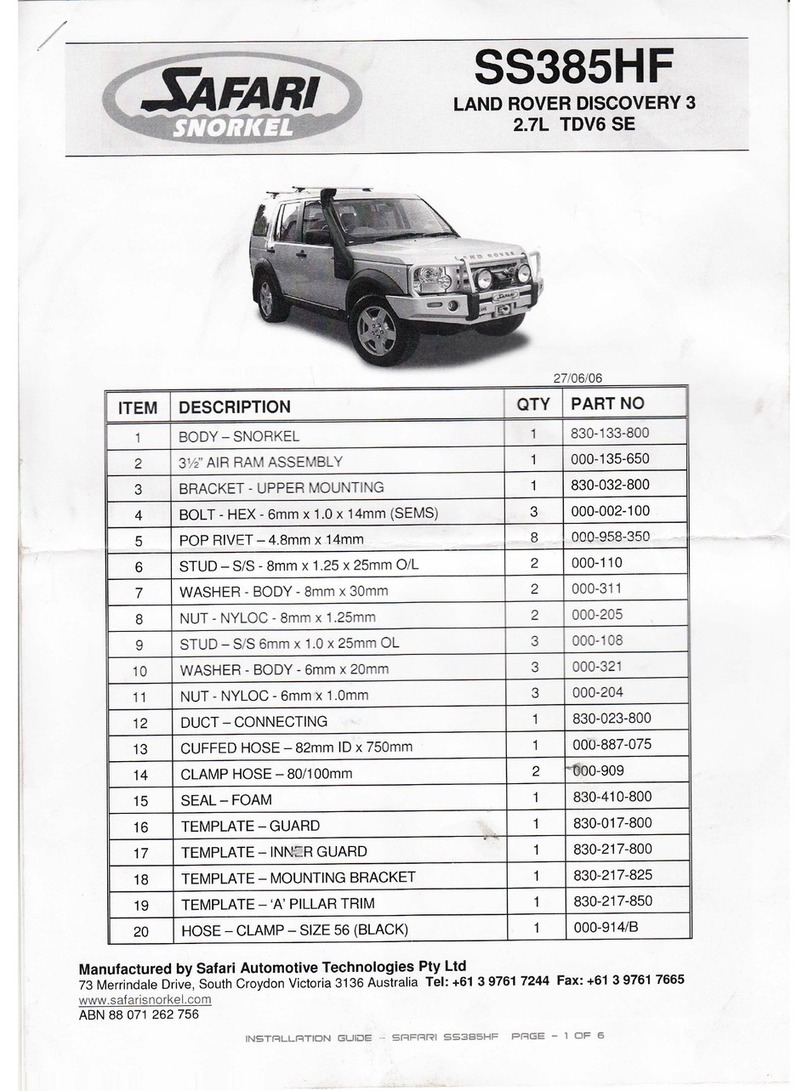
defa.com4English 5Englishdefa.com
3. CLU® - Cloud Link Unit general description
The CLU is a DEFA control unit used to optimize charging of electric vehicles in locations
with limited power supply. The load management ensures that the available electrical
capacity is distributed evenly between up to 16 charge points, preventing a situation
where the rst user to connect also receives the most power. The system will never
consume more power than assigned. The CLU will, therefore, help to avoid peaks in power
consumption and thus associated costs.
The CLU can be used together with a single charge point as well as in larger charging
facilities. It has two primary functions:
• Distribute available power evenly between the charge points in use.
• Operate as the link between the charging facility and the internet (CloudCharge).
The unit can be retrotted into existing facilities and more charging stations can be
connected if required.
If internet access through LAN cable or GPRS/SIM is available, the CLU allows for the use of
CloudCharge®management system. Subscription fee for CloudCharge is not included in CLU.
Power distribution between the charging stations do not require internet access. A CLU
without online access can still do power sharing, but not access control.
Every CLU is congured by each country’s DEFA service department and tailored to t the
individual needs of each facility.
CLU is only compatible with charging stations from DEFA.
DISTRIBUTION OF POWER
In facilities with more than one charge point, the available power will be shared between
the charge points in use. When a vehicle is fully charged, or is disconnected, the available
power will be evenly distributed among the remaining vehicles still charging.
The CLU can control up to 16 charge points on a cabled RS485 bus connection. A 5V DC
low voltage power supply (LVPS) is included in the box. DEFA recommends the use of a
separate fuse for the CLU (for example a B-6A fuse (MCB) or equivalent RCBO).
1. Safety information
This installation manual describes the necessary steps to install a CLU. It contains
important instructions and warnings that must be followed. CLU must only be installed by
a licensed electrician in accordance with national and local regulations. For other products,
see the separate installation manuals included in each product. Good installation practice
must be followed.
A warning symbol indicates that extra care must be taken. If not followed, damage and/or
injury can occur. Read all warnings before installing this product.
The CLU is to be used exclusively for its intended purpose.
DEFA cannot be held liable for any damage or inadequate outcome caused by incorrect
conguration or use.
2. Terms
1. Charging station 3. Charging pole 5. Charge controller (EVCC)
2. Wallbox 4. Charge point 6. RFID reader
3
1
1
1
3
1
1
1
